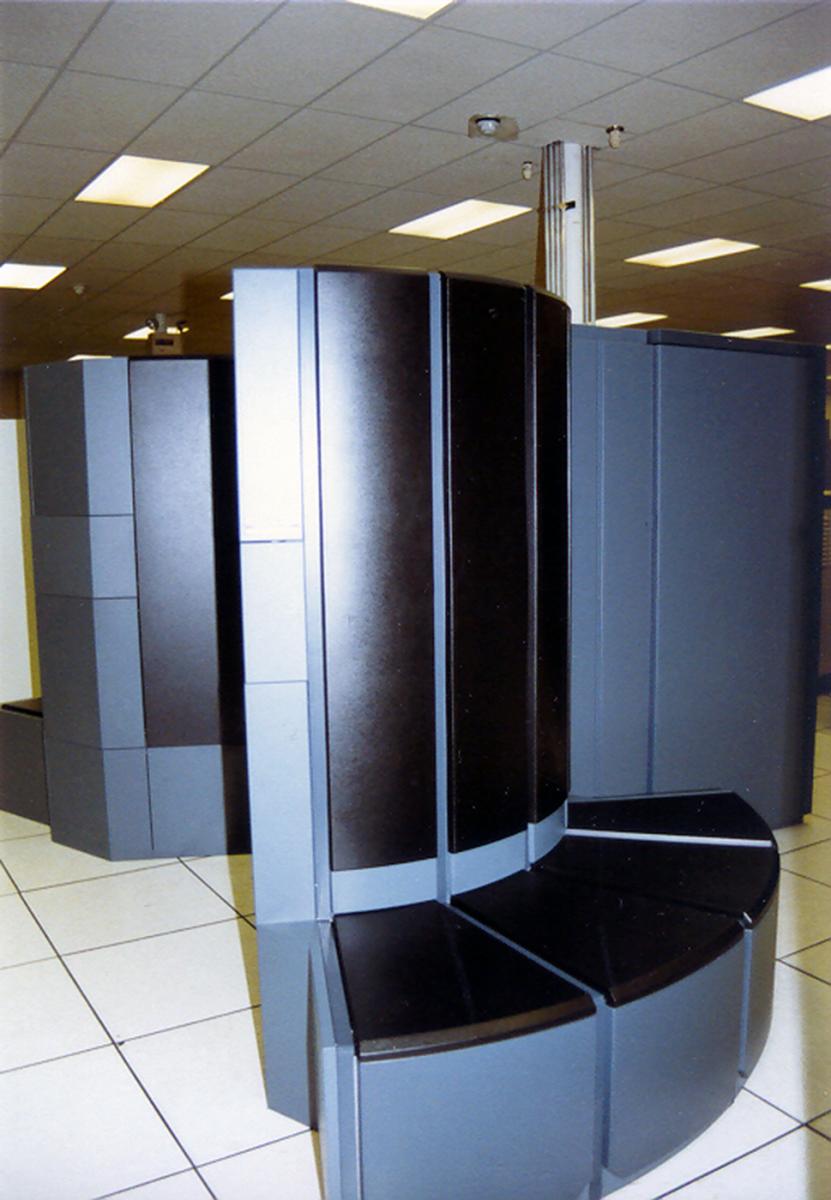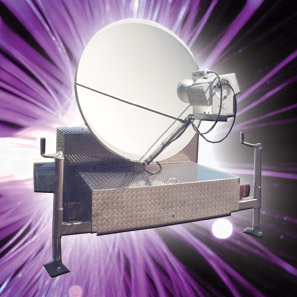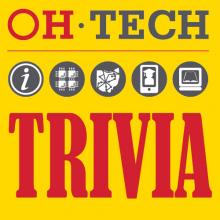In anticipation of National Trivia Day, celebrated on Jan. 4 of each year, I asked for some trivia questions from my few Ohio Technology Consortium colleagues who happened to be in the office over the holidays. As usual, they didn’t disappoint. First, a selection of their trivia questions:
- What does the acronym MOOC stand for?
- When did the first libraries appear in Ohio?
- If you and 1,000 of your friends could calculate one floating point operation each second (FLOP), how long would it take your group to equal the computations performed in one second on OSC’s Oakley Cluster?
- How many schools participate in the Ohio eTutoring Collaborative?
- What is Flourinert and what purpose did it serve?
- What university provided the first public demonstration of a wireless packet data network?
- A storage system of 2 Petabytes can hold the equivalent of how much printed material?
- In what video game did the famous “Mario” character make his debut? Bonus: What was his original name before Mario?
I’ll reveal the answers to these little nuggets later! For now, I’d like to share with readers a couple of little-known facts that I came across last year while compiling a history of the Ohio Supercomputer Center and Ohio Academic Resources Network for those organizations’ 25th anniversaries. Did you know that OSC once claimed the largest and fastest supercomputer in the world?
In August 1989, OSC engineers completed the installation of the $22 million Cray Y-MP8/864 system at the Kinnear Road Center on the West Campus of The Ohio State University. The seven-ton system was able to calculate 200 times faster than many mainframes at that time. The machine featured 8 CPUs (333 megaflops per processor or 2.6 Gigaflops total processing capacity) and 64 megawords (512 megabytes) of shared memory.
“The lightning speed of the supercomputer allows scientists to work massive problems in real-time, without having to wait days or weeks for the results of larger computer runs,” according to a Sept. 28, 1989, article in Ohio State’s faculty and staff newsletter, OnCampus. “The CRAY Y-MP8/864 performs 2.7 billion calculations per second.”
Interestingly, today’s average smart phone (iPhone 4Gs) has more compute capacity, storage and network capability than that Cray Y-MP. (Plus you get GPS and phone service that the Cray did not offer!)
OSC and Ohio held the World’s Fastest Supercomputer title for two years, from 1989 until 1991, until it was surpassed. For part of that time, OSC’s system was tied with several other Y-MP 8/864 systems operating elsewhere around the world. OSC kept this machine operational for a total of seven years.
I have another one for you. Did you know that OARnet created one of the earliest mobile hotspots for Internet connectivity?
In 2002, engineers from OARnet, ITEC-Ohio and the Ohio State Office of the CIO developed the Transportable Satellite Internet System, a satellite trailer used for distance learning and special events in rural areas and at conferences where reliable terrestrial Internet connectivity was unavailable. The consortium, led by OARnet’s Dr. Bob Dixon, had received a grant from ADEC to build and operate the system.
In January of 2003, Microsoft’s Bill Gates nominated the TSIS project for the ComputerWorld Honors Program. Later that summer, the system was used to send live educational broadcasts to schools across the country from the re-enactment of the Lewis and Clark Expedition. In 2008, OARnet’s TSIS provided Internet connectivity to Ohio State’s Buckeye Bullet 2 land-speed racing team and others on the salt flats at the Bonneville Speedway in Utah – the first time in the racing venue’s history that racers had the means to update blogs, post photos and videos and, perhaps most importantly, receive code updates from manufacturers for the electronic units that regulated the cars’ complex engines.
That’s it! I just wanted to share with you a couple of “vague and obscure dry facts” that I found particularly interesting. For those who have made it this far through the post, here are the answers to the earlier questions:
- MOOC stands for Massive Open Online Courses, which are online courses designed for unlimited participation and open access through the Internet.
- Early pioneers founded the Coonskin Library in 1804. Since hard currency was non-existent on the frontier, the initial collection of 51 books for the library was purchased with raccoon skins harvested by frontiersmen.*
- It would take you and your 1,000 friends only 4,914 years to complete the task!
- At this time, 38 schools participate in the Ohio eTutoring Collaborative, a collaborative effort between Ohio’s two- and four-year institutions, allowing undergraduate students to interact with trained tutors in numerous academic areas.
- Fluorinert is a line of electrically insulating electronics cooling liquids developed more than 40 years ago by 3M while doing research for a blood plasma substitute. OSC once hosted a Cray T90 system whose electrical components rested in a tub of the liquid.
- ALOHAnet, a pioneering computer networking system developed at the University of Hawaii, provided the first public demonstration of a wireless packet data network in 1971.
- The 2+ Petabytes of rotating storage at OSC could hold all the printed material from all the libraries from every city, county and public and private universities in Ohio, and would still have room left over to hold most of the music and movies at those libraries.
- The iconic Mario debuted in 1981 as “Jumpman,” a carpenter with a pet ape in the Donkey Kong arcade game.
Thanks to Donovan (OH-TECH), Karen (eStudent Services), Zoe (OhioLINK), Kevin (OSC/OH-TECH) and Michael (OARnet), as well as Joan Repp* (BGSU), for their non-trivial contributions!



